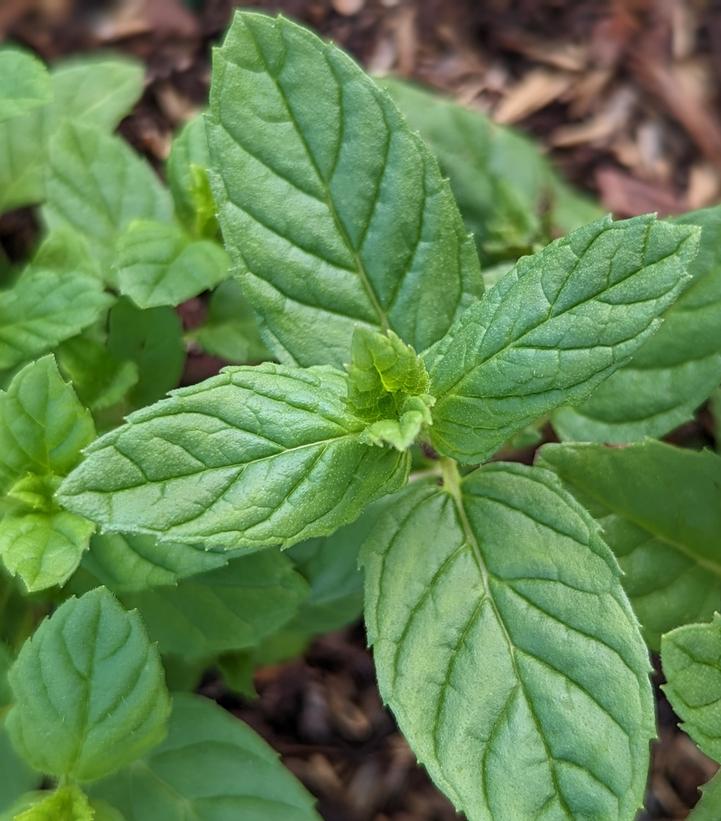« Previous Plant | Next Plant »
Mentha spicata
Spearmint
- » Easy to grow
- » Medium green foliage
- » Many uses, perfect with different foods or teas and even in the bath
- » Vigorous grower
- » Best in a pot or container
- » Perennial

- Category:Edibles
- Breeder:Sara's Superb Herbs®
- Hardiness Zone:4-8
- Height:12-36 in
- Spread:3-4 ft
- Bloom Color: Green Shades
- Foliage Color: Green Shades
Easy to grow and so useful for literally hundreds of purposes! Spearmint's attractive medium green foliage is perfect with foods like meats, fish, jams, and jellies but also makes a superb tea and even gives bath water an invigorating splash!! A vigorous grower, it's best to grow spearmint in a sunken pot in the garden or in a container on the deck or patio where its runners can be cut and controlled. Perennial.
Foliage Color
| • | Green |
Attracts Wildlife
| • | Attracts Butterflies |
Programs
| • | Sara's Superb Herbs |
Habit
| • | Mounding |
Additional Information about Mentha spicata
M. spicata is a versatile culinary mint. It has bright green, knobby leaves that are sharply pointed and toothed. Flowers appear on spikes and are lilac, pink, or white. Its flavor is milder than peppermint. It enhances meat, fish, and veggie dishes. It goes well with veal, eggplant, white beans, black beans, lentils, tabouli, fruit salad, and beverages. It is a condiment for lamb, jellies, sauces, candy, and chocolate. Stuff spearmint leaves and garlic beneath the skin of roast lamb, and add interest to split pea soup by using dried leaves. Press the leaves and coat them with chocolate for your own after-dinner mints.
Growing & Maintenance Tips for Mentha spicata
Cultivation: Mints are square-stemmed perennials with tiny pink, purple, or white whorls of flowers on spikes. They grow about 2'tall and are very fragrant. They are hardy to zone 4.
All mints are invasive. To contain them, sink in the ground a bottomless 5-gallon pot with at least a 10-inch height (size of the pot really depends on how much space you want to allocate). Plant your mint in this. The rhizomes are contained by the pot. Never till mints because each stub will become another plant. If you want to grow several varieties, do not plant them close to each other because they will cross-pollinate freely (interbreed) and eventually different varieties will become indistinguishable.
When locating mints, remember that they all thrive in shade and like lots of moisture. They also like well-drained soil, but too much manure of organic matter encourages rust. Frequent cutting keeps mints at their prettiest because it forces them to branch and bush out. In the fall, cut back to the ground. This eliminates places for mint pests to over-winter. In companion planting, grow them where you need to repel aphids, flea beetles, and various cabbage pests. For fleas on your pets, try pennyroyal (Mentha pulegium), which has been used as a flea-repelling herb since the time of the ancient Greeks.
Pests: Mints are susceptible to verticillium wilt, mint rust, and anthracnose. Mint pests include spider mites, aphids, and mint flea beetles.
